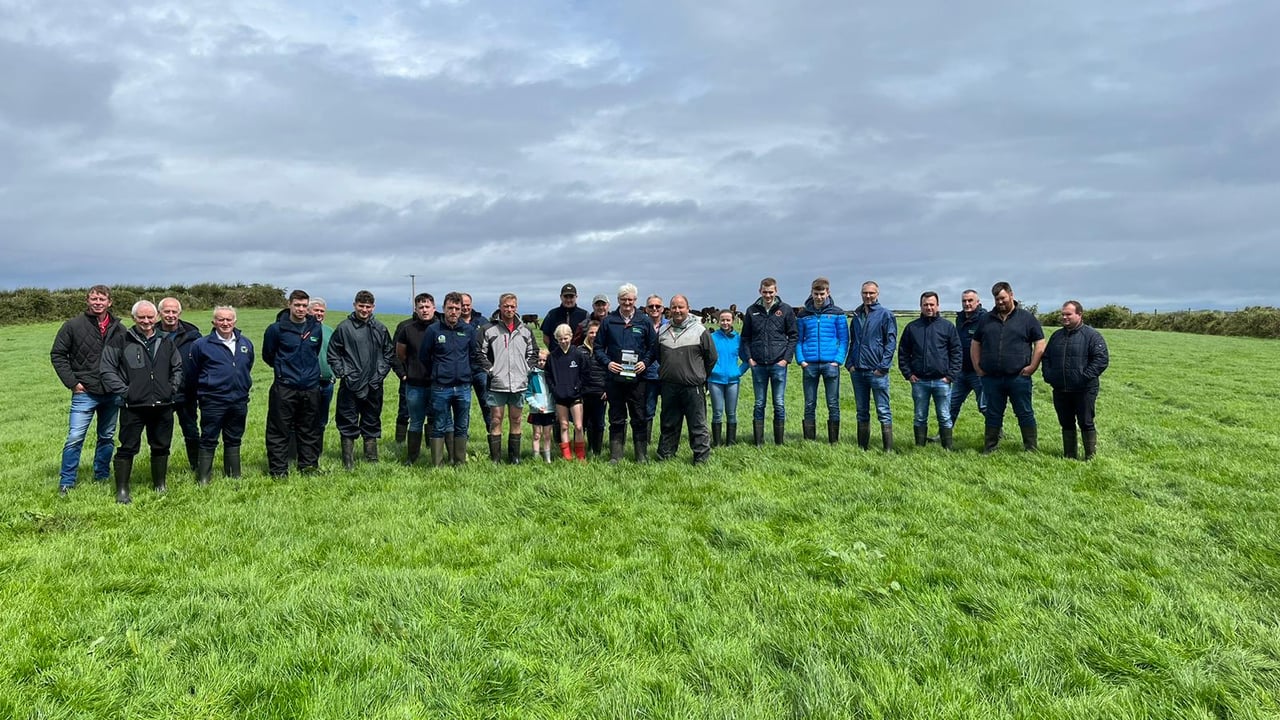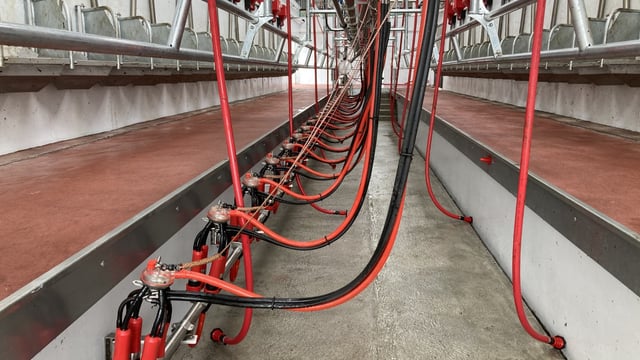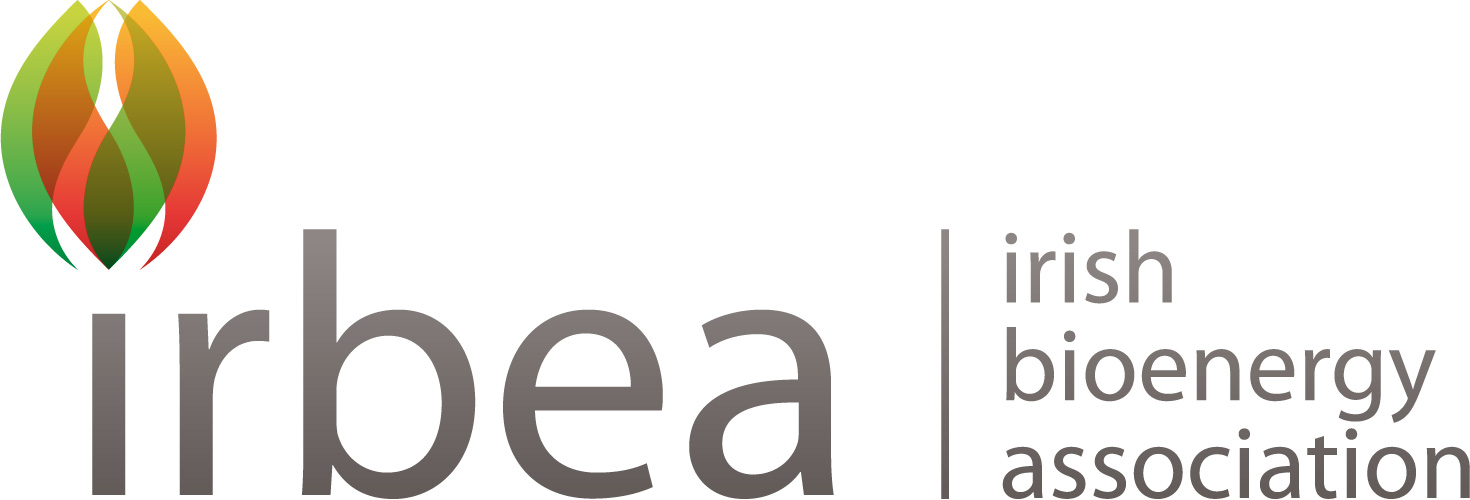New guide released on how to make contract rearing a 'win-win' for farmers
A new booklet which aims to help farmers determine if contract rearing is a suitable option for them has been published by Teagasc.
The Teagasc Guidelines To Contract Rearing also aims to guide prospective contract rearing partners through the process of finding a "suitable rearing partner".
The guide also sets out the essential requirements farmers must know in order create successful agreements.
These requirements include contract agreements themselves as well as stocking rates, performance targets, grass growth, disease control and cost structure for these farmers.
Teagasc has also included a number of case studies to highlight to farmers the different aspects of contract rearing.
Ruth Fennell, Teagasc collaborative farming specialist said: "Due to dairy herd expansion, reduced stocking limits for derogation farmers, and reductions in leased land availability, demand for contract rearing has grown."
Contract rearing is a system where a farm has their livestock reared on another farm, most commonly involving dairy replacements reared from young age up until they are in-calf heifers.
According to the Irish Cattle and Breeding Federation (ICBF), approximately 780 dairy farmers are rearing heifers under contract and a similar number of farmers are providing rearing services.
The system is getting far more popular, as it simplifies the dairy system, and creates a steady cash flow for the beef farmer.
Dairy farmers are choosing this system more as it reduces their stocking rate, slurry storage requirements, and labour.
While beef farmers are opting in to the system to improve cash flow, as they do not have to invest in animals or rely on volatile markets.
Teagasc advised that contract rearers must have adequate facilities and, more importantly, the ability to raise livestock to a quality standard.
The booklet advises farmers to set targets, and ensure each party is satisfied with the progress.
It also advises dairy farmer to ensure that calves arrive healthy and on target on the rearer’s farm, and that payments are made in a timely manner.
The new Teagasc guide also advises farmers that if they are considering contract rearing as an option, there are a number of aspects that should be examined.
According to Teagasc, for the arrangement to work long-term, it is important that it is a “win-win” for both parties - the dairy farmer and the contract rearer.






